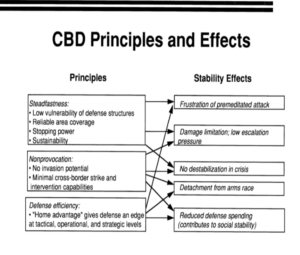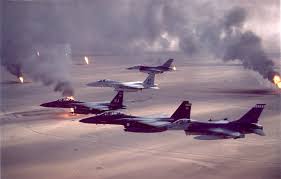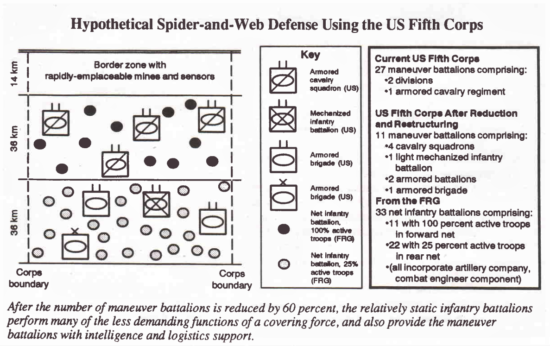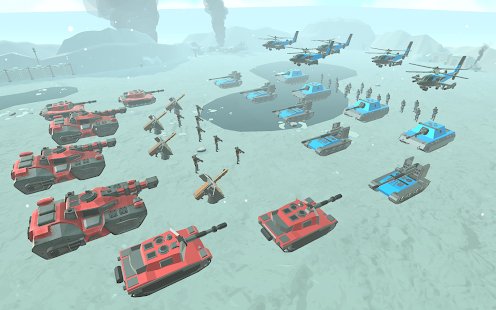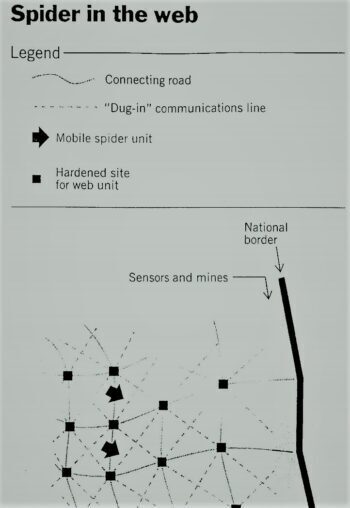➪ see full post: PDF
by Lutz Unterseher, PDA Guest Publication (English translation), February 2025.
In nine concise pages, German military analyst Lutz Unterseher provides the strategic orientation, operational modalities, force allocations, institutional framework, overall personnel requirements for active duty and reserves, command organization, and armament composition of an integrated European Union armed force. He then provides a budget for the component parts. The total annual cost is €170 billion, 1% of EU nations’ GDP.
Unterseher concludes:
It is hardly accidental that the European Union was chosen as the political framework for this force model. Above all, that is because, given Trump-era U.S. policy, NATO in its Atlantic-partnership sense no longer exists.
Whether a self-confident “Euro-NATO” can emerge under American pressure and attempts to sow division remains highly questionable. It does, however, seem wise to “carry over” NATO’s infrastructure and communication networks into the authentically European armed forces wherever possible.
see also: European Armed Forces of Tomorrow: A New Perspective, (printable PDF version) (HTML version) (Leicht gekuerzte deutschsprachige Fassung der Studie) by Lutz Unterseher. English version. PDA Guest Publication, 20 October 2003.


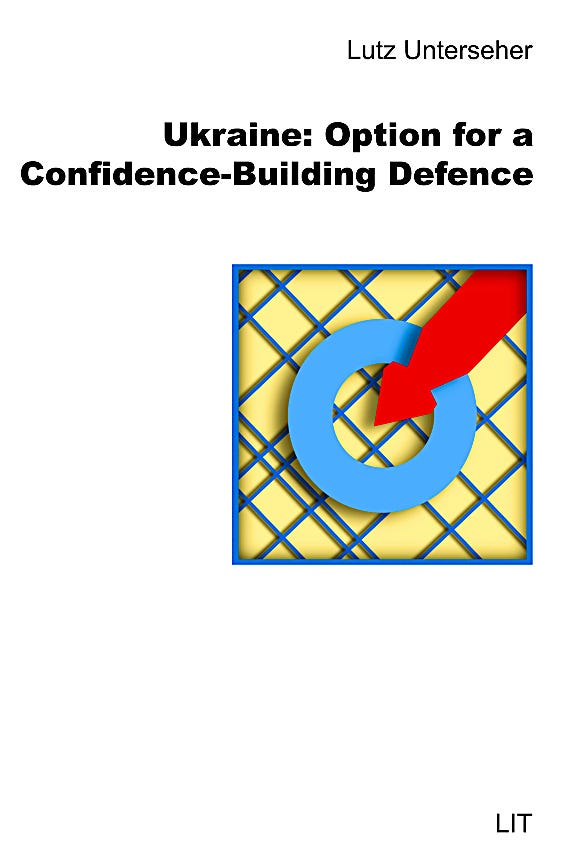

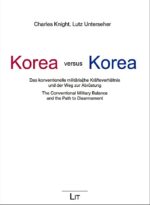
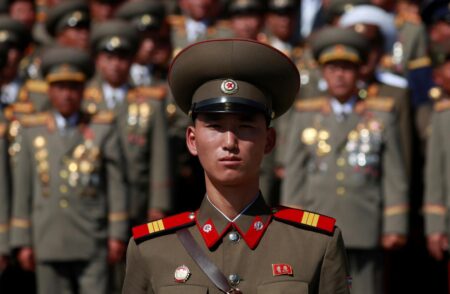
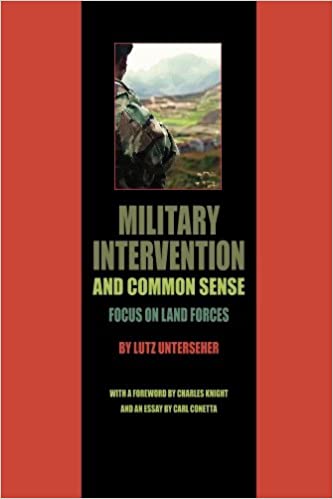
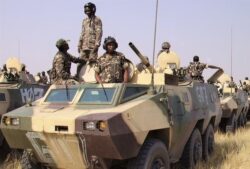
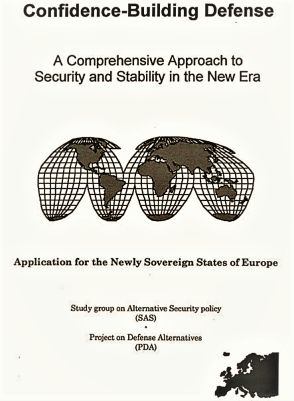
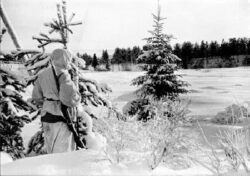 Examines three significant cases in the last 90 years where defensive preparations, structures, and tactics were of decisive importance in major military operations. Published initially in
Examines three significant cases in the last 90 years where defensive preparations, structures, and tactics were of decisive importance in major military operations. Published initially in 